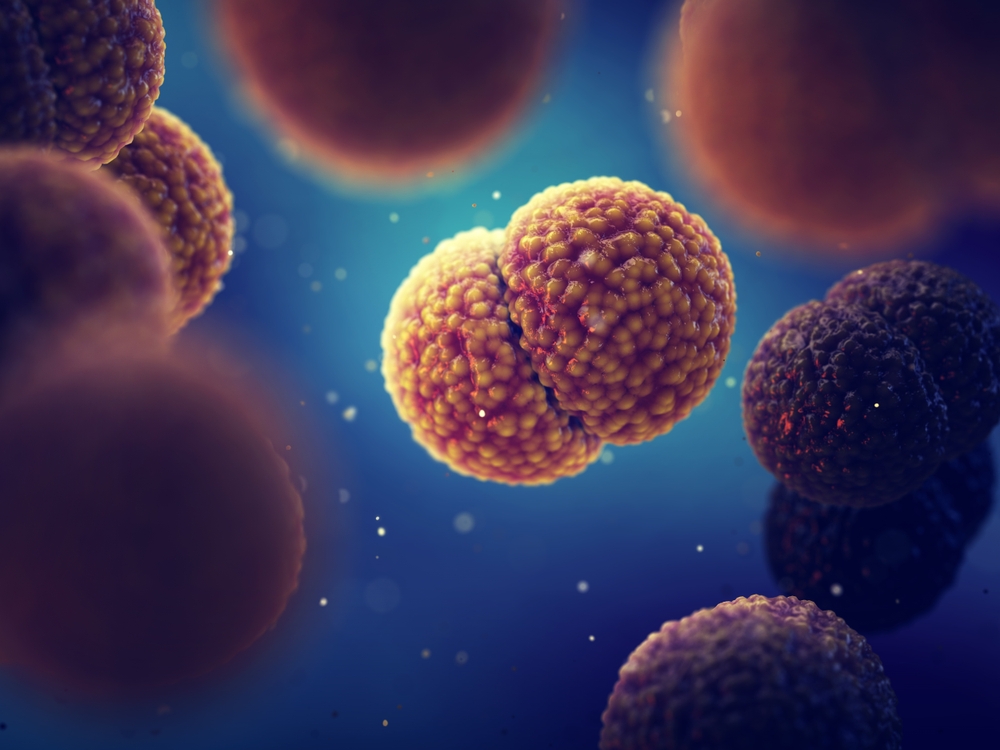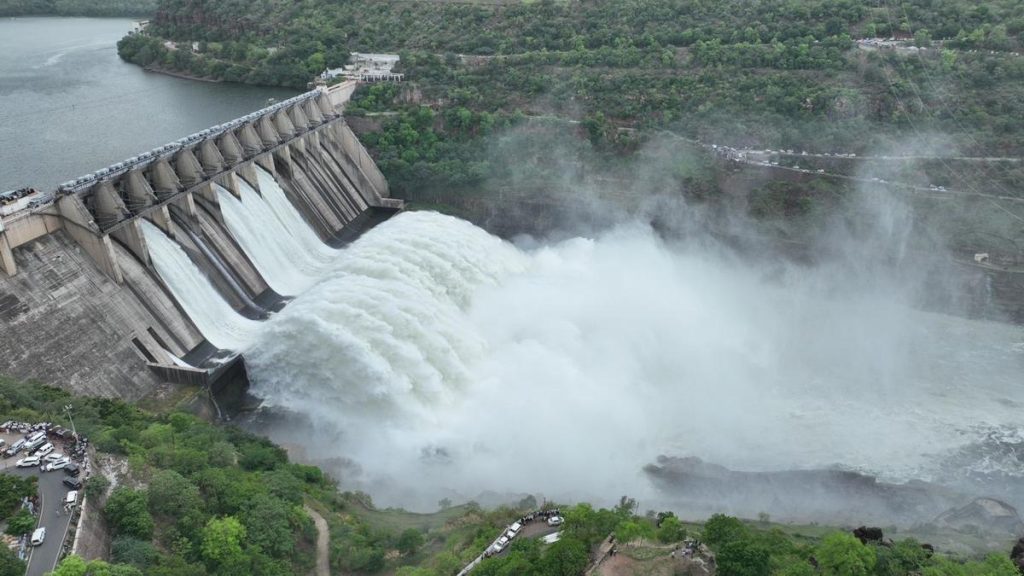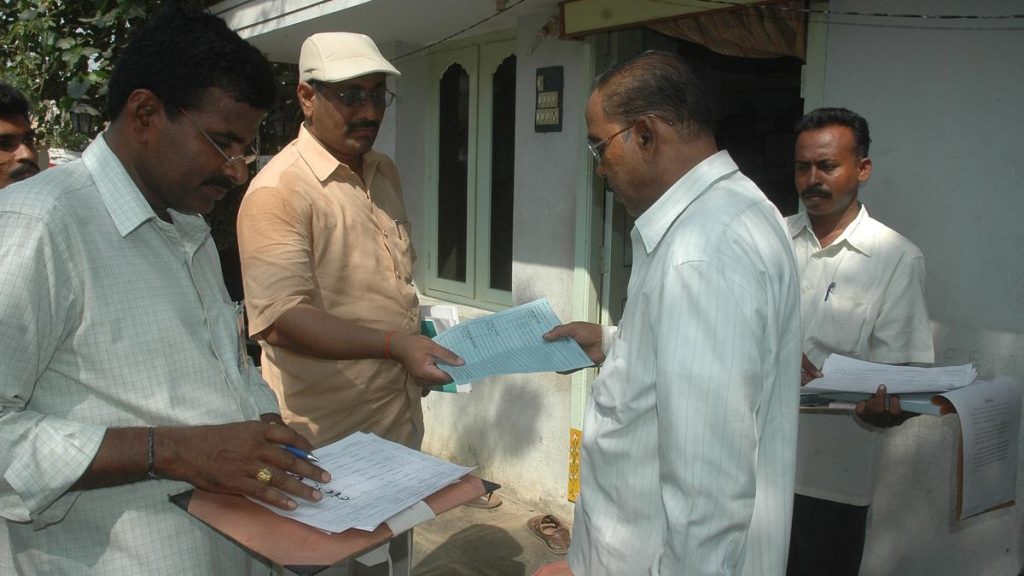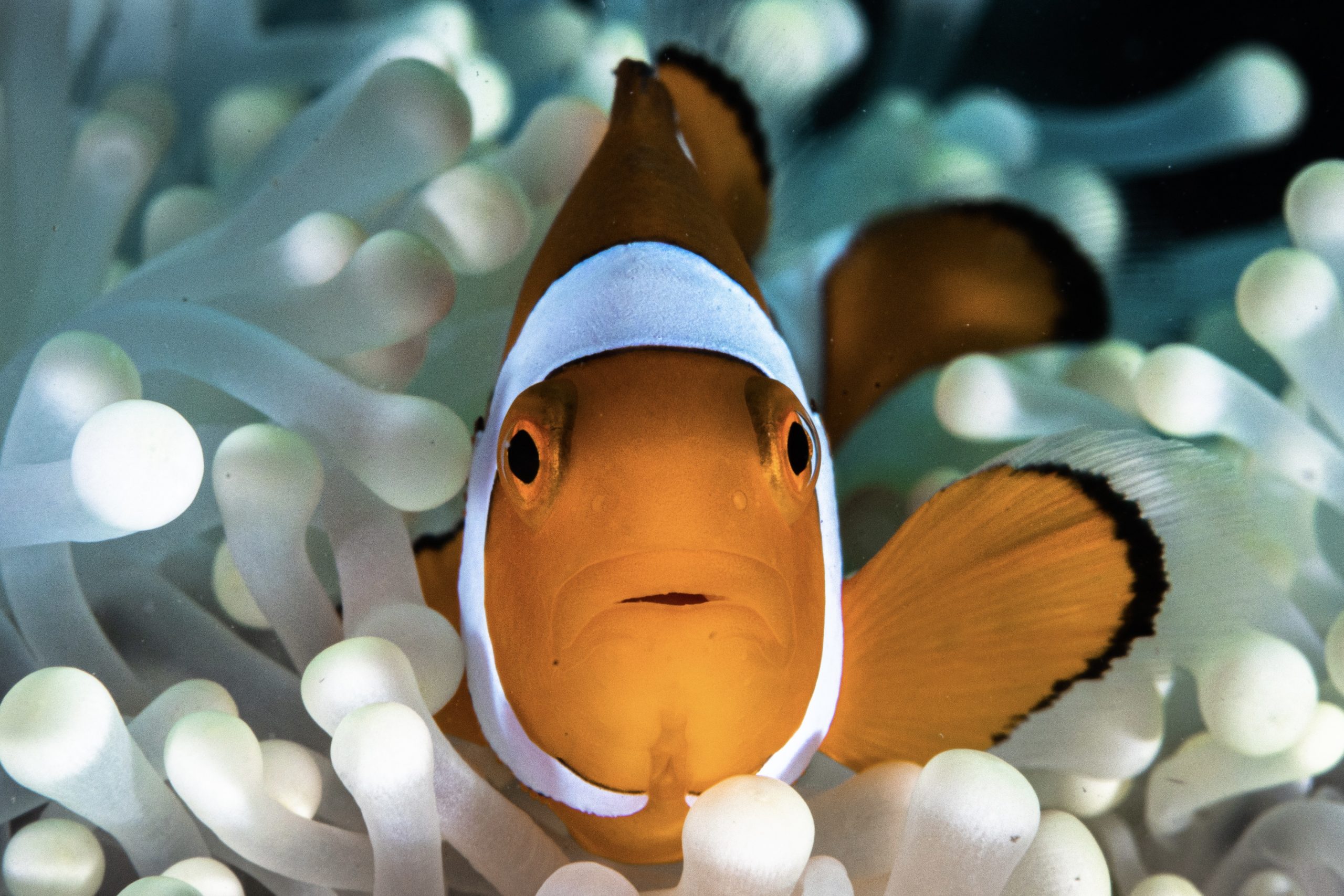Now Reading: New Bacterium Discovered on Space Station May Be Unique to Space
-
01
New Bacterium Discovered on Space Station May Be Unique to Space
New Bacterium Discovered on Space Station May Be Unique to Space

Swift Summary
- Discovery: Chinese astronauts swabbed surfaces of the Tiangong space station in May 2023, discovering a previously unknown bacterium.
- Scientific Findings: The bacterium, named Niallia tiangongensis, shares genetic similarities with Niallia circulans but differs in some functional and structural traits.
- Key Characteristics:
– Aerobic, spore-forming, rod-shaped structure.
– Unique ability to hydrolyse gelatin for sustenance.
- Space Adaptation features: Differences in proteins suggest enhanced tools for biofilm production and radiation resistance-adaptations likely specific to the conditions aboard the space station.
- Health Aspect Concern: Its terrestrial cousin has been known to cause infections such as sepsis. Further investigation is required to understand its potential health risks under CHAMP (China Space Station habitation Area microbiome Programme).
For additional details and context on microbial discoveries related to space exploration, Read More.
Indian Opinion Analysis
The discovery of Niallia tiangongensis highlights meaningful intersections between microbiology and human space exploration. For India,wich is expanding its ambitions through missions like Gaganyaan,this finding reinforces the need for advanced microbial analysis programs. Spacecraft environments are closed systems where microbiomes can evolve uniquely; understanding these dynamics is essential for safeguarding astronaut health during long-term missions.
india’s emerging participation in international collaborations like ExoMars or shared experiments through ISRO’s partnerships could benefit from insights offered by China’s CHAMP initiative. Developing robust protocols for microbial monitoring aboard spacecraft may also contribute significantly to india’s broader goals of sustaining human presence in orbit or interplanetary travel.Neutral scientific studies like this provide crucial data that transcend national interests while underscoring universal challenges faced by humankind as it ventures further into outer space.

























